Lojong Mind Training Lessons 8 -14
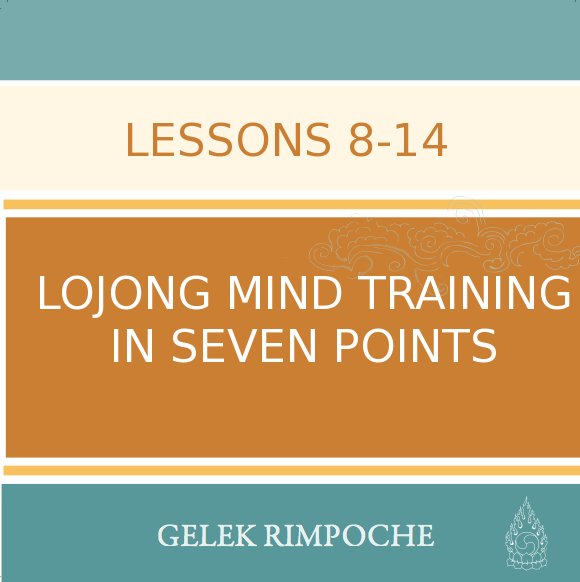
According to Buddha the original cause for our experiencing happiness and suffering lies within our own minds.
If we want to free ourselves from problems and pain, we have to free ourselves from addictive habitual patterns.
The most compelling and hardest to come to terms with is the continual creation of ego. In this lojong commentary Gelek Rinpoche hands us “nine bullets to shoot at the ego”.
If they reach their target, the way is clear towards opening up towards our innate goodness.
To download the first 7 lessons of this series, Click Here.
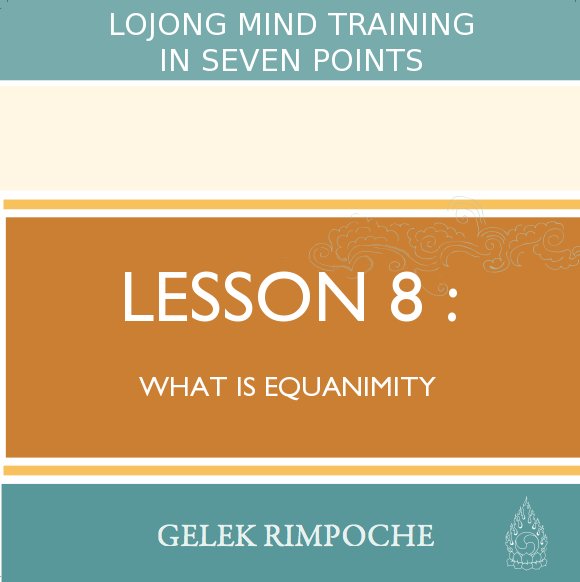
What Is Equanimity?
Lesson Number 8 of 14
In general, equanimity refers to developing impartiality, but there are several specific levels of equanimity within Buddhist practice.
In this lesson, Rimpoche talks about the equanimity of developing equal compassion toward all beings, including those we see as our enemies.
He clarifies the difference between equanimity as it is practiced the four immeasurables and in the exchange stage method of developing Bhodimind.
Rimpoche also explores the differing meanings of equanimity as it relates to all three Buddhist vehicles.
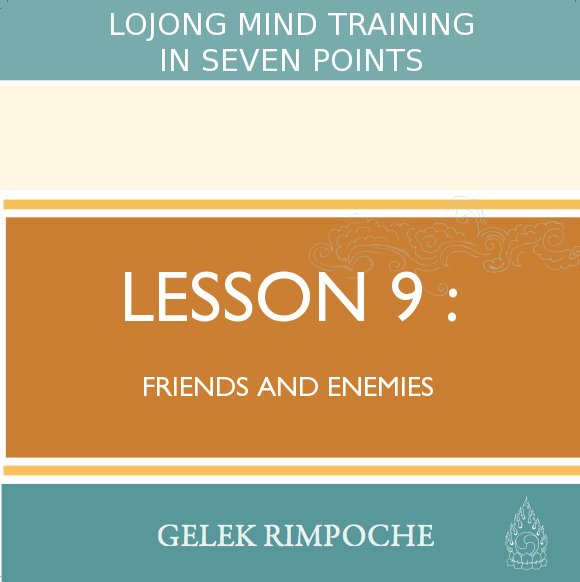
Friends and Enemies
Lesson Number 9 of 14
Is the experience of having friends and enemies always a form of self-cherishing? How can we learn to deal skillfully with being hurt by others?
In this second lesson on equanimity, Rimpoche explores these fundamental questions about our everyday relationships, and delves into the nine reasons why it is imperative that we develop the special mental quality of equanimity.
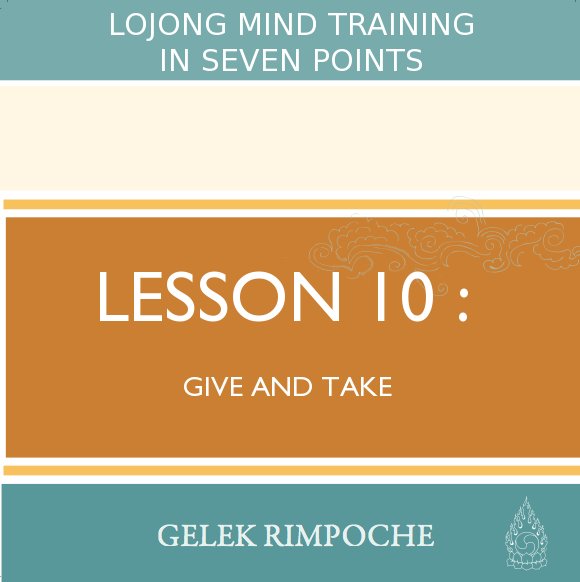
Give and Take
Lesson Number 10 of 14
In this third lesson on equanimity, Rimpoche reminds us of the root text on Lojong mind training from which these teachings derive, explaining how equanimity forms the foundation of the practice.
Rimpoche defines Lojong mind training as the wisdom Buddha Manjushri’s approach to bhodisattva activities, exploring how the meditation method known as “tonglen,” relates to the exchange method of developing Bhodimind.
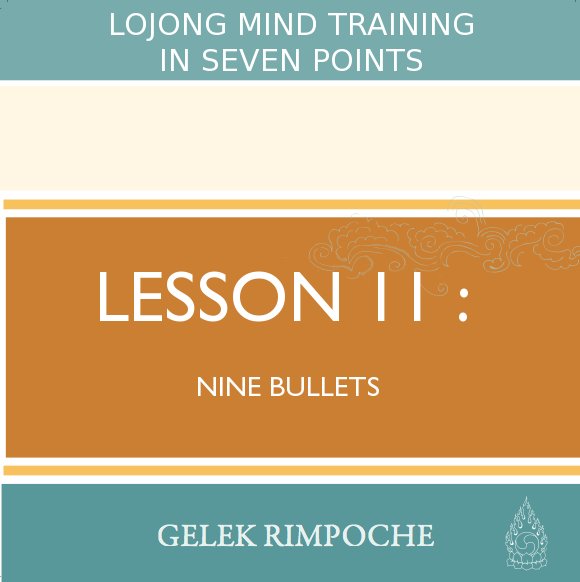
Nine Bullets
Lesson Number 11 of 14
Can we really commit ourselves to help all beings be free of hatred and attachment?
In the fourth lesson of this series on equanimity, Rimpoche continues to delve into deeper and more profound explorations of how this process of mental transformation can be achieved.
He describes in the detail the nine “bullets” that we can use to take aim against the ego and its delusions, in order to truly convince ourselves that we can and indeed must aspire to help all beings equally.
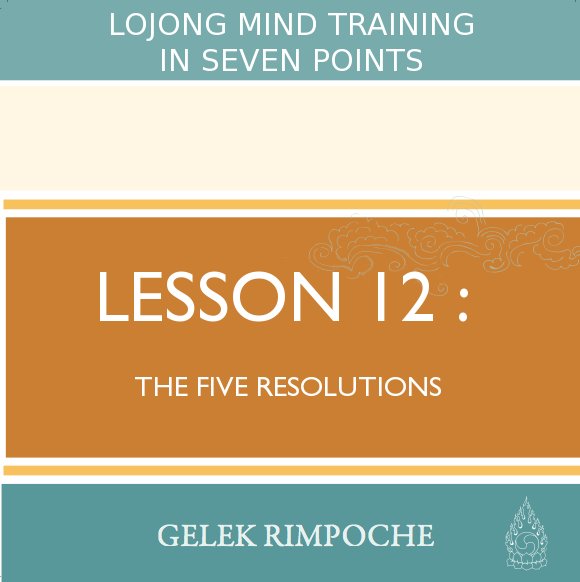
The Five Resolutions
Lesson Number 12 of 14
In this fifth lesson on equanimity, Rimpoche provides a brief overview of what has been covered so far, explaining the ways that attachment and hatred create obstacles to equanimity.
Rimpoche then elucidates “the five resolutions,” logical conclusions we can draw from the analytical meditations covered in previous lessons.
Rimpoche emphasizes that we create our suffering by clinging to a rigid exaggerated sense of self.
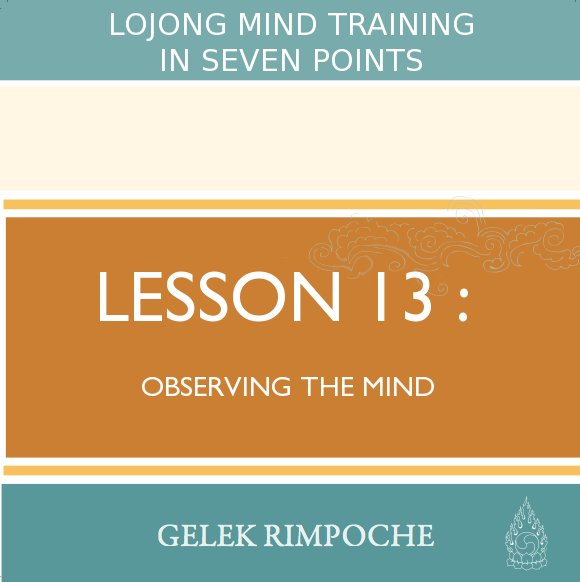
Observing the Mind
Lesson Number 13 of 14
Without awareness, spiritual progress is impossible.
In the sixth lesson on equanimity, Rimpoche continues to shed light on “the five resolutions.” He reminds us that we need to carefully observe our ideas about our own self-importance in order to let go of egocentric thoughts, and learn to replace them with equanimity.
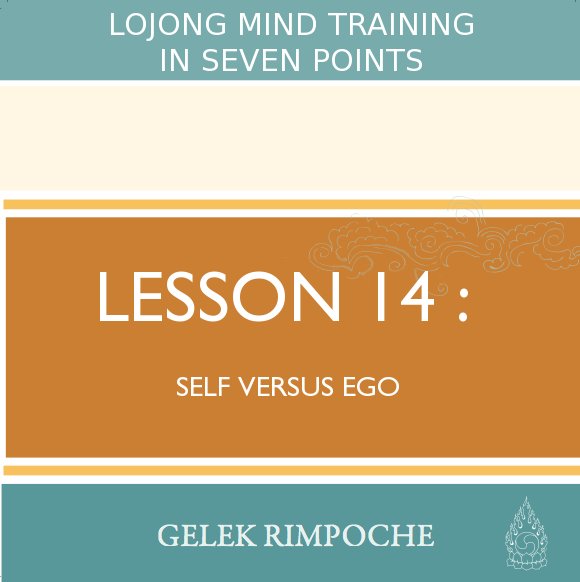
Self versus Ego
Lesson Number 14 of 14
In this seventh lesson on equanimity, Rimpoche analyzes the special equality that cares for others as much as we care for ourselves.
Rimpoche describes how suffering always comes from our attempts to satisfy ego, as opposed to the true self. He concludes by acknowledging the difficulty of true spiritual practice, and making a clear distinction between the self and the ego.


